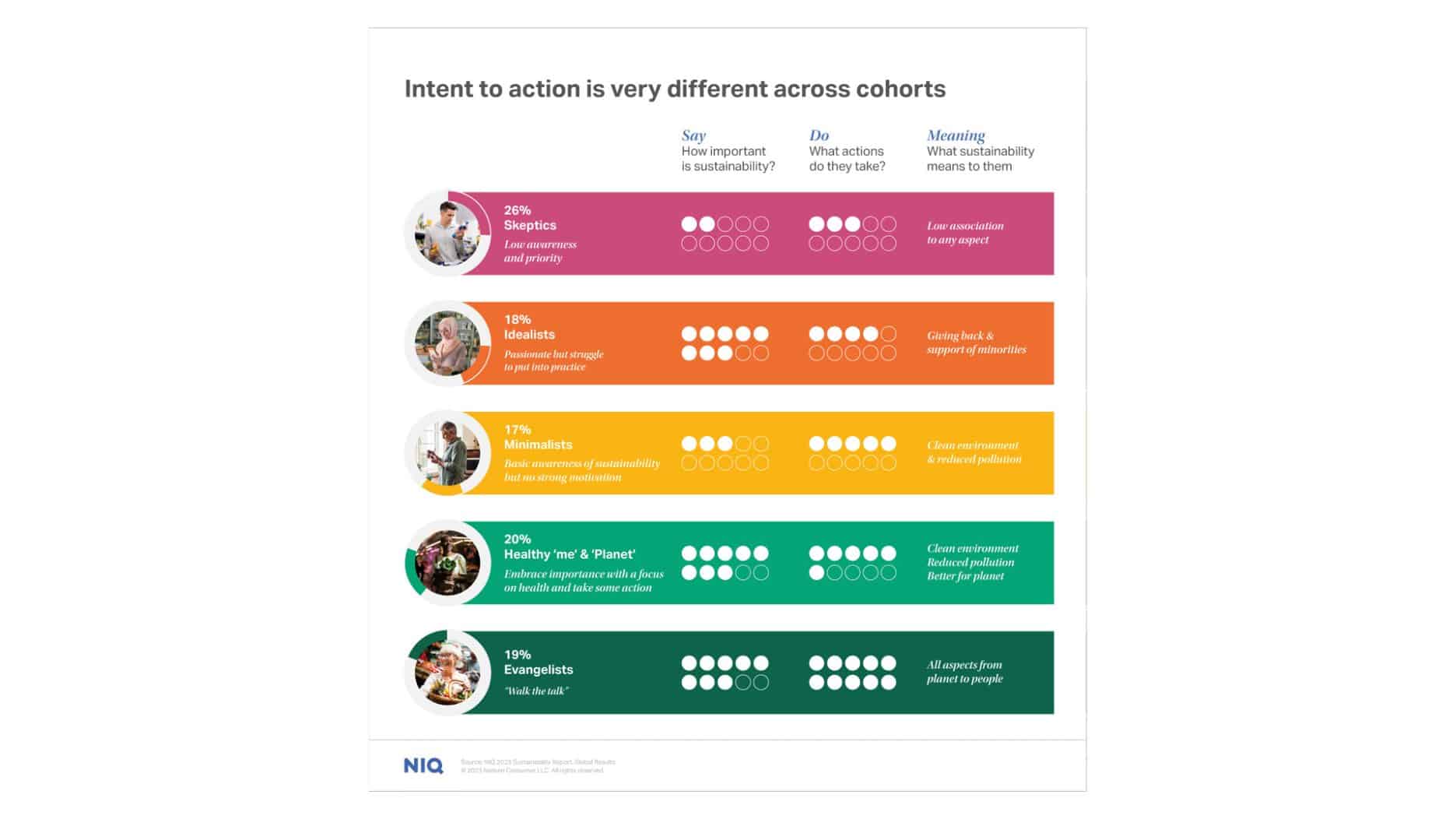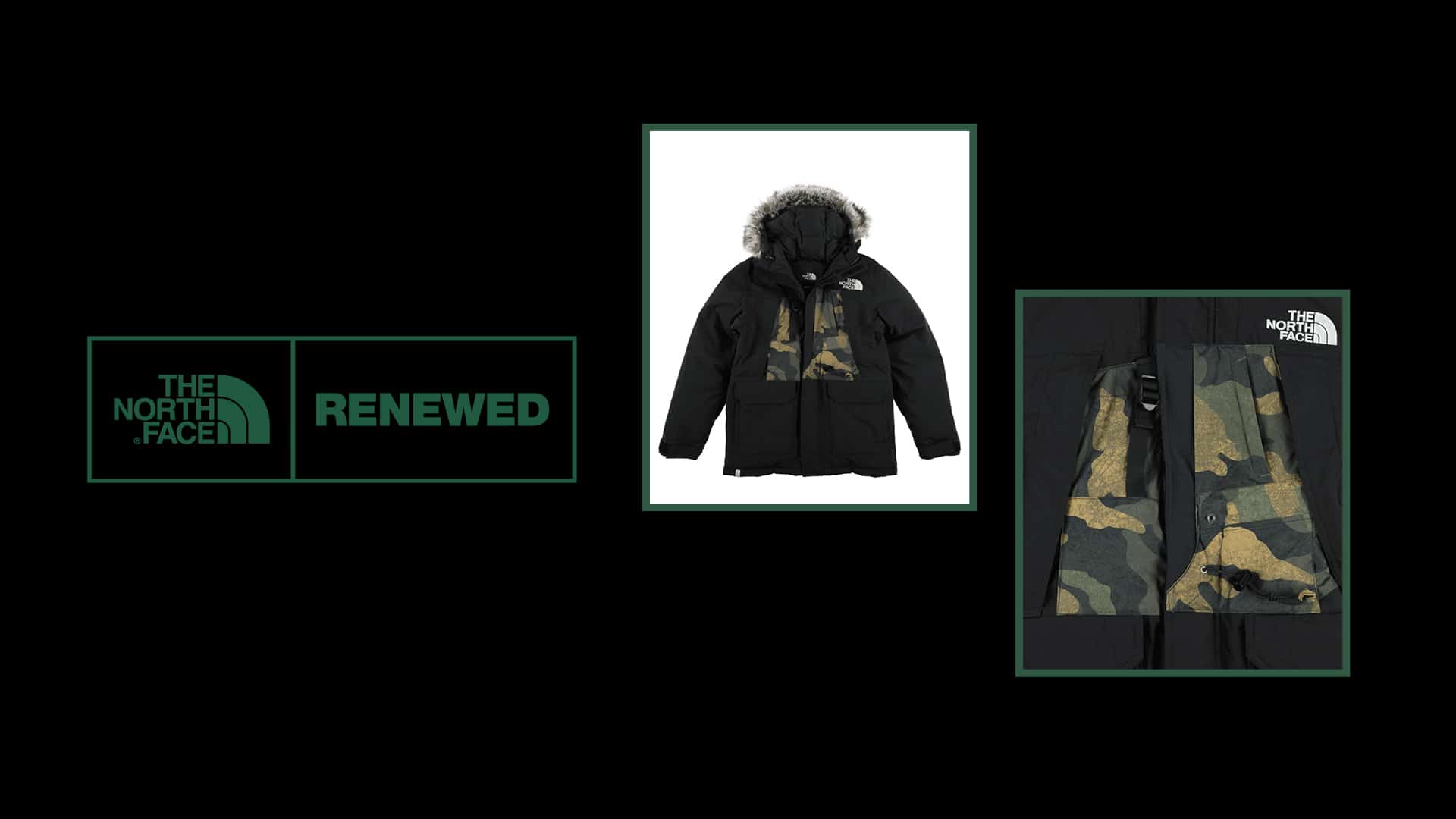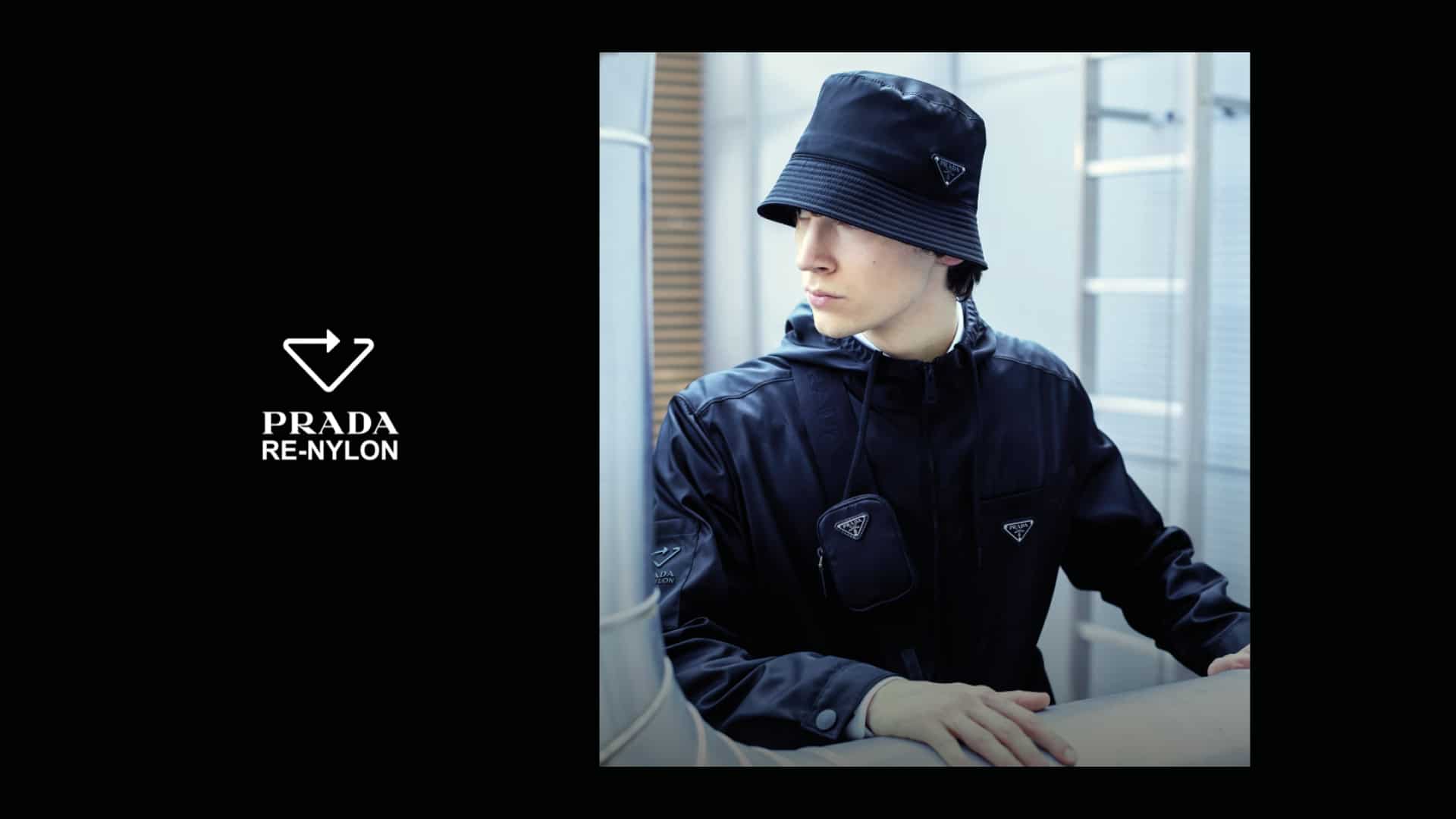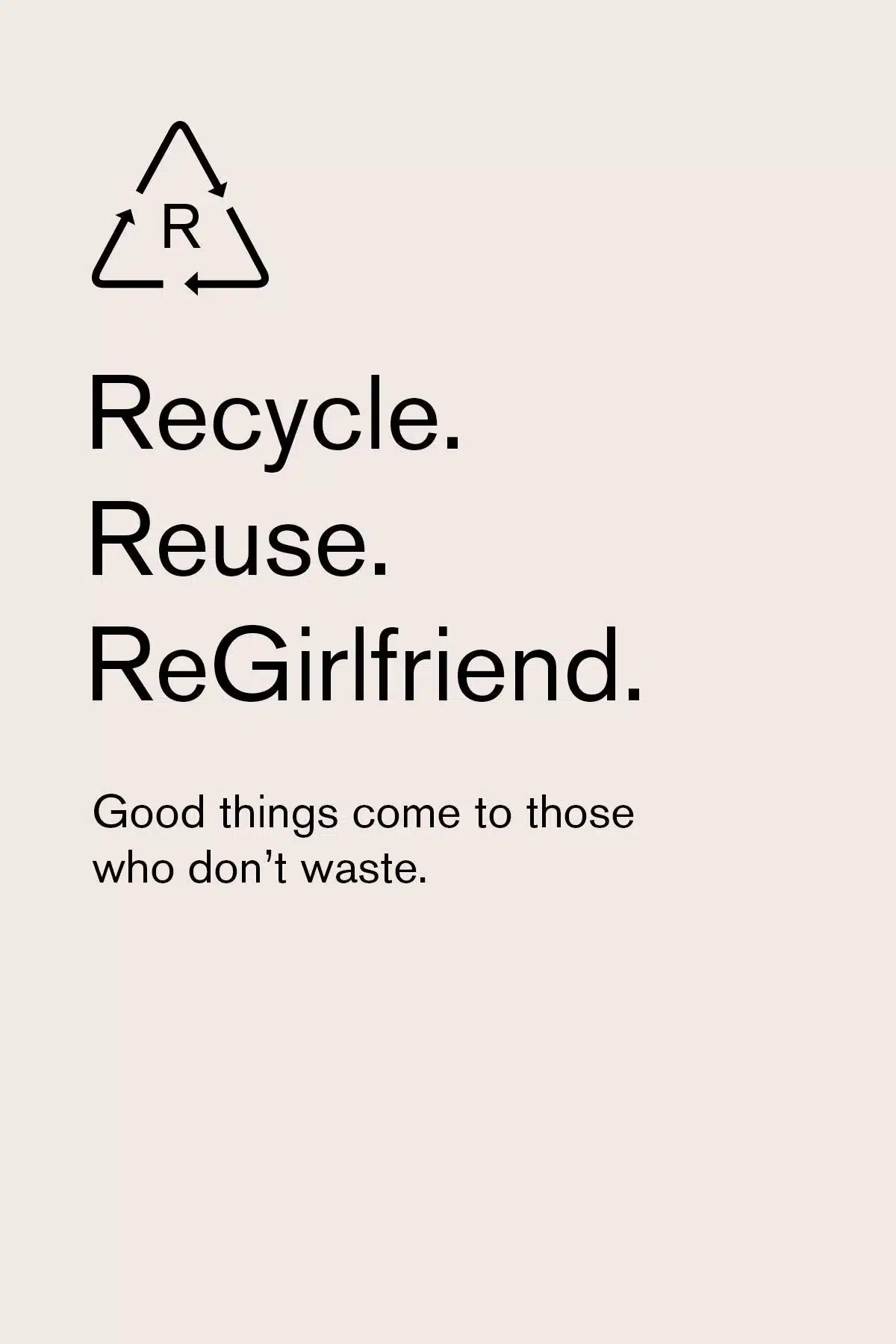Bridging The Green Gap
Creative Strategies for Sustainable Brand Growth
The Green Divide
The concept of the ‘Green Divide’ refers to the varying degrees of sustainability awareness and action among consumers. It’s a crucial aspect in marketing, as it acknowledges the diverse attitudes and behaviours towards sustainability across different consumer segments. This divide presents both challenges and opportunities for companies in tailoring their marketing strategies. Understanding the distinct groups within the Green Divide – ranging from highly engaged environmental advocates to skeptics with minimal sustainability awareness – is essential for effectively communicating and offering products that resonate with each segment’s unique motivations and barriers. This nuanced approach can help turn green intentions into sustainable actions, thus bridging the gap between consumers’ sustainability aspirations and their actual purchasing behaviours.
Consumer Segments
NielsenIQ categorises consumers into five distinct segments based on their sustainability attitudes and behaviours:
- Evangelists: These consumers “walk the talk.” To them, sustainability encompasses all things planet and people.
- Healthy Me & Planet: This cohort embraces the importance of sustainability, but their focus is on the impact it can have on their personal health.
- Minimalists: To them, sustainability focuses on the pollution they see around them and the importance of protecting resources.
- Idealists: Members of this group are passionate about the importance of sustainability but struggle to convert their intent into action.
- Skeptics: This group presents the sustainable world with the greatest challenge — they are largest group of all (26% of the global population) but have both a low awareness of sustainability and deem it to have little priority in their lives.

The Role of Authenticity
Authenticity in this regard is crucial. Research shows that 77% of consumers will ‘quit a brand’ if it is found guilty of greenwashing. Even 51% of the less engaged segmentation of “Skeptics” would stop buying a greenwashed brand.
This has led to a phenomenon called “green-hushing”, where brands either avoid talking about ‘sustainability’ completely, or – instead use a range of language and campaign activations that imply ‘sustainability’ without explicitly using terms like “sustainable” or “sustainability”. This approach is often adopted to communicate a brand’s ethos in a way that resonates with consumers’ evolving understanding and expectations of environmental responsibility.
In the fashion industry, for instance, the term “regenerative” has gained popularity. Brands like The North Face and Prada have embraced this concept. The North Face speaks of regeneration in the context of healing, restoration, and resilience within its ‘Renewed’ initiative, while Prada has introduced a line called “Re-Nylon”, emphasising the concept of renewal and repetition.


Similarly, Girlfriend Collective uses the phrase “Recycle. Reuse. Re-Girlfriend.”, furthering the notion of giving products a new life.
These terms suggest a positive impact rather than just minimising harm, appealing to a sense of renewal and hope – something that all consumer groups gravitate toward.

Addressing Barriers
Barriers such as cost and accessibility significantly hinder consumers from embracing sustainable fashion.
Firstly, sustainable fashion items often come with a higher price tag compared to fast fashion alternatives. This price difference is attributed to factors like ethical manufacturing practices, fair wages, and the use of eco-friendly materials, which inherently cost more. Consequently, these higher costs can be prohibitive for many consumers, especially those on a budget.
Additionally, accessibility poses another challenge. Currently, true sustainable fashion brands and products are typically less widespread and harder to find than their fast-fashion counterparts. Many of these brands operate primarily online or in select stores, limiting physical accessibility for a vast number of potential customers. Furthermore, the variety and availability of sizes and styles in sustainable fashion can be limited, making it difficult for consumers to find products that meet their needs and preferences.
Creative Solutions
To overcome the barriers of cost and accessibility in sustainable fashion from a creative campaign and marketing communications perspective, fashion brands could consider the following strategies:
- Elevate Product Meaning: Develop compelling storytelling campaigns that highlight the value and ethics behind sustainable fashion. These stories can showcase the journey of a product from sourcing to production, emphasising the impact of ethical practices and sustainable materials. This approach can help justify the higher cost by creating an emotional connection and educating consumers about the long-term benefits of sustainable fashion. Presenting products in a slightly more gratuitous manner can elevate perceived value and therefore elevated meaning & consumer connection.
- Influencer Partnerships: Collaborate with authentic influencers who are genuinely passionate about sustainability and have a strong, loyal following. Ideally work with influencers who aren’t solely from a fashion/apparel background. Developing cross-industry colabs not only enables your brand to look/feel/sound different, you also suddenly find your brand in front of a new and environmentally-conscious audience.
- Limited-Time Offers and Promotions: Implement strategic promotions such as discounts, bundle deals, or loyalty programs to make sustainable fashion more affordable. Michelin Star restaurants use this tactic to bring in a new wave of customer to ‘try them out’ before comiting to a full night of taster courses. This can attract price-sensitive consumers and encourage them to interact with your sustainable products.
- Pop-Up Shops and Collaborations: Organise pop-up shops in high-traffic areas or collaborate with established retailers to increase physical accessibility. This can also serve as a platform for live demonstrations, workshops, and direct engagement between likeminded consumers.
- User-Generated Content Campaigns: Encourage consumers to share their experiences with sustainable fashion on social media. This not only provides authentic endorsements but also creates a community around the brand, fostering a sense of belonging and shared values.
By implementing these creative campaigns and marketing strategies, fashion and apparel brands can effectively address the barriers of cost and accessibility, making sustainable fashion more appealing and attainable for a broader consumer base.
Polartec – Made To Go Beyond.
An example of an elevated storytelling campaign created by Mynt for Polartec as part of our brand repositioning work…
Conclusion
Emphasising the importance of insight-led strategies in green marketing is crucial for creating a more sustainable future.
By leveraging deep insights into consumer behaviour and preferences, companies can tailor their green marketing strategies to be more effective and resonant. This approach goes beyond mere promotion of eco-friendly products; it involves educating consumers about the environmental impacts of their choices and the benefits of sustainable practices.
Through insight-led green marketing, businesses can help shift consumer mindsets, fostering a culture of responsibility and awareness. This not only drives the adoption of greener products but also cultivates a broader understanding of environmental stewardship.
Ultimately, such strategies are essential for convincing consumers to make choices that are better for the planet, ensuring a healthier future for generations to come.
For further information on this topic, check out our insight report on Planetary Boundaries here.





